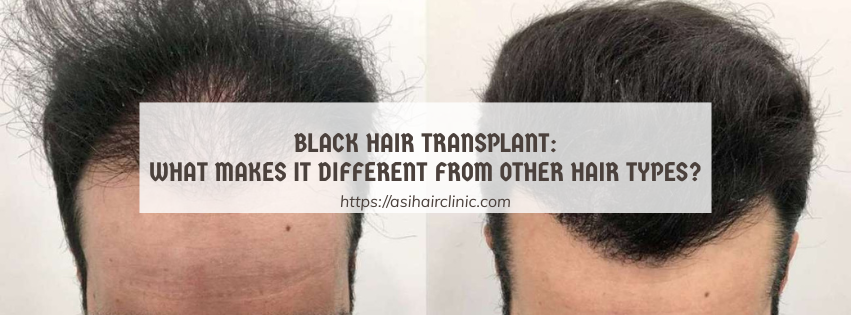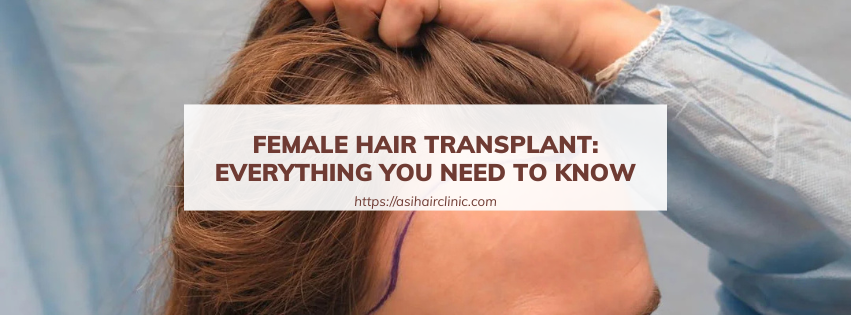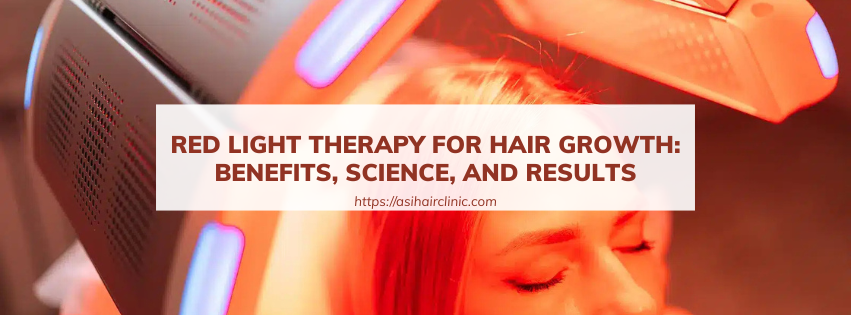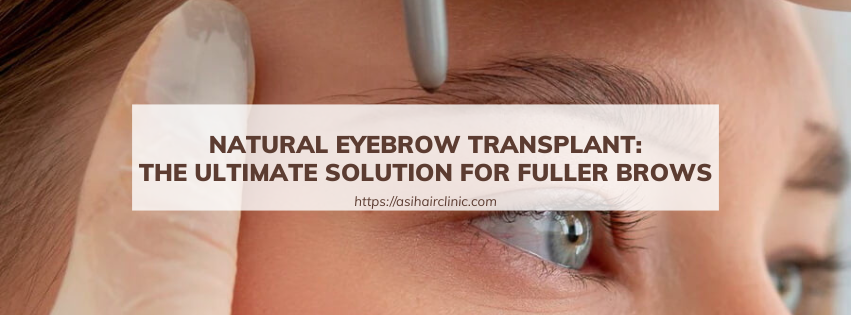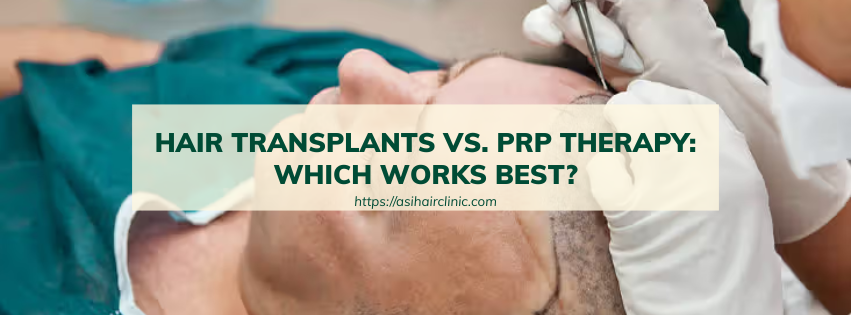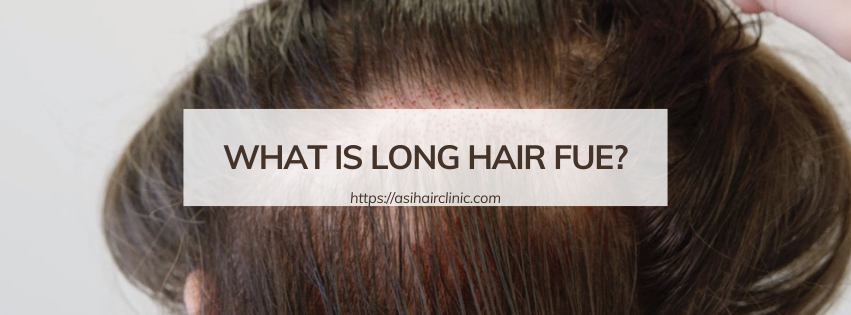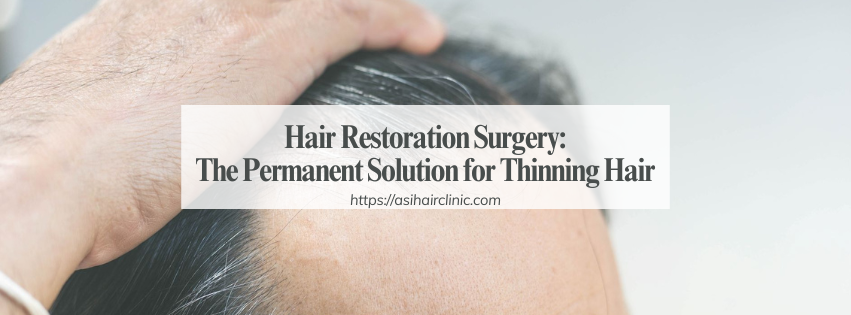FUT Hair Transplant: Benefits, Procedure & Recovery
FUT (Follicular Unit Transplantation) hair transplant offers the benefit of transplanting a large number of grafts in a single session, making it ideal for extensive hair restoration. The procedure involves removing a strip of scalp from the donor area, from which hair follicles are harvested and transplanted to thinning or balding areas. FUT hair transplant has gained popularity over the years due to its high success rate and permanent results. In this comprehensive guide, we will explore the benefits, procedure, recovery process, and potential side effects of FUT hair transplant.
Understanding FUT Hair Transplant
FUT hair transplant is a highly effective and permanent solution for hair loss. It involves extracting a strip of skin containing hair follicles from the back or sides of the head (donor area) and transplanting these follicles to areas where hair is thinning or absent (recipient area). This procedure is generally performed under local anesthesia, making it relatively painless and comfortable for the patient.
The harvested strip of skin is then divided into smaller units, known as follicular units, which contain 1-4 hairs each. These units are carefully inserted into tiny incisions made in the recipient area by the surgeon. The direction and angle at which the hair is transplanted play a crucial role in achieving natural-looking results. Once the transplanted hairs start growing, they blend seamlessly with the existing hair, giving a fuller and more natural appearance.

Who is Suitable for FUT Hair Transplant?
Before considering an FUT hair transplant, it is essential to determine if you are a suitable candidate for the procedure. Generally, candidates who have good overall health, stable hair loss, and sufficient donor hair are ideal candidates for FUT hair transplant. Here are a few factors that determine eligibility:
- Hair loss pattern: FUT hair transplant is most suitable for individuals with male or female pattern baldness, also known as androgenetic alopecia. It may not be an effective solution for other forms of hair loss.
- Age: While there is no defined age limit for FUT hair transplant, it is recommended for individuals above 25 years of age. This is because younger individuals may still experience progressive hair loss and require multiple procedures in the future.
- Donor hair availability: The success of FUT hair transplant depends on the availability of donor hair. Generally, individuals with thick and dense hair at the back and sides of their head make good candidates, as these areas serve as ideal donor sites.
- Health condition: Good overall health is crucial for any surgical procedure. Your surgeon will conduct a thorough medical evaluation to ensure you are fit for the surgery. People with uncontrolled medical conditions such as diabetes, hypertension, or bleeding disorders may not be suitable for FUT hair transplant.
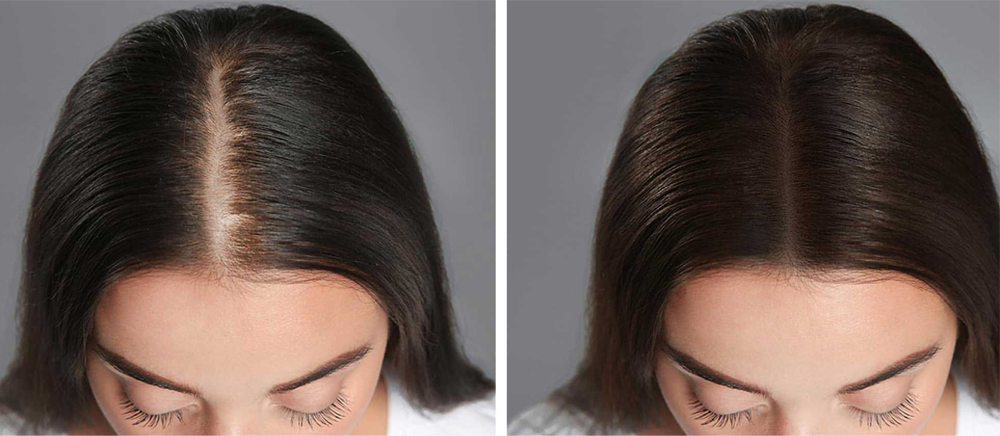
Benefits of FUT Hair Transplant
Here are some of the key benefits of opting for FUT hair transplant:
Permanent Results
Unlike other hair loss treatments, FUT provides permanent results. The transplanted hair follicles continue to grow, providing a natural and long-lasting solution. Once the transplanted hairs have taken root, they are resistant to further hair loss, making FUT a highly effective treatment option.
Natural Looking Results
The success of FUT hair transplant lies in the skill and expertise of the surgeon performing the procedure. A skilled surgeon will ensure that the transplanted hairs are inserted at the correct angle and direction, mimicking the natural hair growth pattern. This results in a natural-looking hairline and prevents the "pluggy" look that was common in older transplant techniques.
Single Session Procedure
FUT hair transplant is usually a one-time procedure, unlike other treatments that may require multiple sessions. The number of grafts required depends on the extent of hair loss and the desired thickness. However, most patients can achieve their desired results in a single session, making FUT a convenient option.
Faster Recovery Time
The recovery time for FUT hair transplant is relatively short compared to other hair restoration techniques. After the procedure, the scalp will be sore and tender for a few days, but most patients are able to resume their normal activities within a week. The transplanted hairs will start to fall out after 2-3 weeks, but this is a normal part of the healing process. New hair growth will typically begin within 3-4 months, and full results can be seen within 9-12 months.
Cost-Effective
While FUT hair transplant may seem like an expensive option, it is actually a cost-effective solution in the long run. Unlike other treatments that require continuous maintenance and follow-up appointments, FUT provides permanent results, eliminating the need for additional procedures in the future.

The FUT Hair Transplant Procedure
Before undergoing an FUT hair transplant, you will have a consultation with your surgeon to discuss your goals and expectations. The surgeon will conduct a thorough examination of your scalp and determine the number of grafts needed to achieve the desired results. On the day of the surgery, here is what you can expect:
Step 1: Harvesting the Donor Area
The first step in the FUT hair transplant procedure is harvesting the donor area. The back or sides of the head, also known as the "safe zone," serves as the ideal donor site as these areas are not affected by DHT (dihydrotestosterone), the hormone responsible for male and female pattern baldness.
Under local anesthesia, your surgeon will make a thin strip of skin from the donor area, typically measuring 1cm wide and 15-25cm long. The incision is then closed with tiny stitches or staples, leaving a linear scar that can be easily concealed by the surrounding hair.
Step 2: Dissecting the Follicular Units
The harvested strip of skin is then divided into smaller units containing 1-4 hairs each. This process involves dissecting the strip under a microscope, ensuring that the follicles are not damaged in the process. Each follicular unit is carefully extracted and prepared for transplantation.
Step 3: Preparing the Recipient Area
While the donor area is being dissected, the surgeon will prepare the recipient area for transplantation. Small incisions will be made in the scalp using a fine needle or scalpel. The size of the incisions depends on the number of grafts required and the thickness of the hair in the recipient area.
Step 4: Inserting the Follicular Units
Once the recipient area is prepared, the surgeon will insert the follicular units into the incisions made earlier. The angle and direction at which the hair is transplanted are crucial in achieving natural-looking results. Your surgeon may use a special tool called a "lateral slit" to ensure that the hairs are inserted at an angle that matches the surrounding hair.
Step 5: Post-Procedure Care
After the procedure, you will be given detailed instructions on how to take care of your scalp during the healing process. This will include washing your hair gently, avoiding strenuous activities, and using any prescribed medication to prevent infection and promote healing.
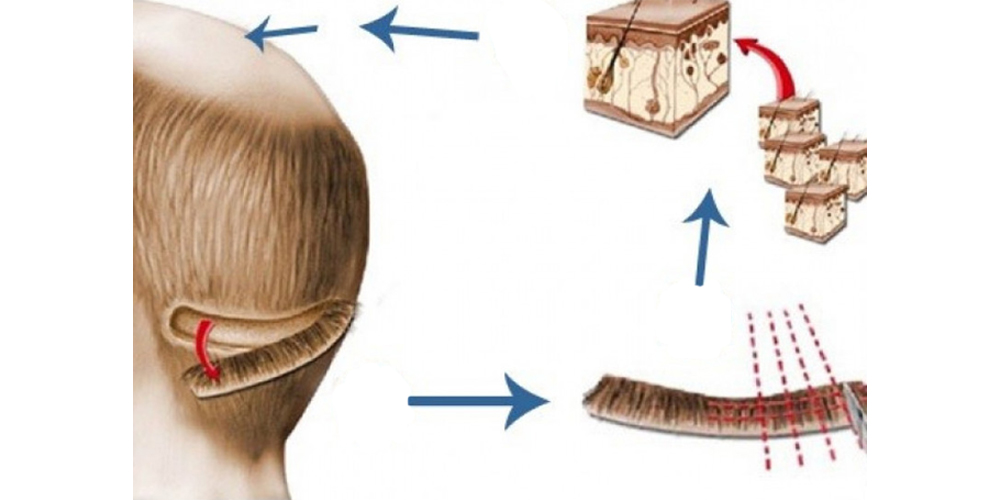
Recovery Process
The recovery process is an essential part of any surgical procedure, and FUT hair transplant is no exception. While the recovery time may vary from person to person, here is what you can expect after an FUT hair transplant:
Immediately After Surgery
After the surgery, the scalp will be sore and tender, and you may experience some swelling in the forehead or around the eyes. This is a normal part of the healing process and should subside within a week. Your surgeon may prescribe pain medication to alleviate any discomfort.
First Week After Surgery
During the first week, you will be advised to take it easy and avoid strenuous activities that may cause excessive sweating or rubbing on the scalp. Your surgeon will also recommend sleeping with your head elevated for the first few nights to reduce swelling.
Two Weeks to One Month After Surgery
You may resume light exercise and activities after two weeks, but make sure to avoid any activities that may cause excessive sweating or friction on the scalp. At this point, the donor area scar should have healed, and any stitches or staples will be removed.
Three Months After Surgery
At this stage, you may start to see new hair growth in the recipient area. The hairs will be fine and thin at first, but they will gradually thicken over time. You may also experience some itching or mild discomfort at this stage, which can be managed with over-the-counter pain relievers.
Nine to Twelve Months After Surgery
By now, most of the new hairs would have grown, and you can enjoy the full results of your FUT hair transplant. The transplanted hairs will continue to grow and can be treated like regular hair. Your surgeon may recommend touch-up procedures if needed to achieve your desired level of density.
Conclusion
Follicular Unit Transplantation (FUT) hair transplant is a highly effective and permanent solution for hair loss. It provides natural-looking results that last a lifetime, making it a popular choice among individuals looking for a permanent hair loss solution. With advancements in technology and techniques, FUT has become a safe and minimally invasive procedure with minimal downtime. If you are considering FUT hair transplant, contact Aesthetic Hair Restoration immediately for advice. Remember, while hair loss can be distressing, there is always a solution available to help you regain your confidence and self-esteem.
#futhairtransplant #AestheticHairRestoration
LATEST POSTS

